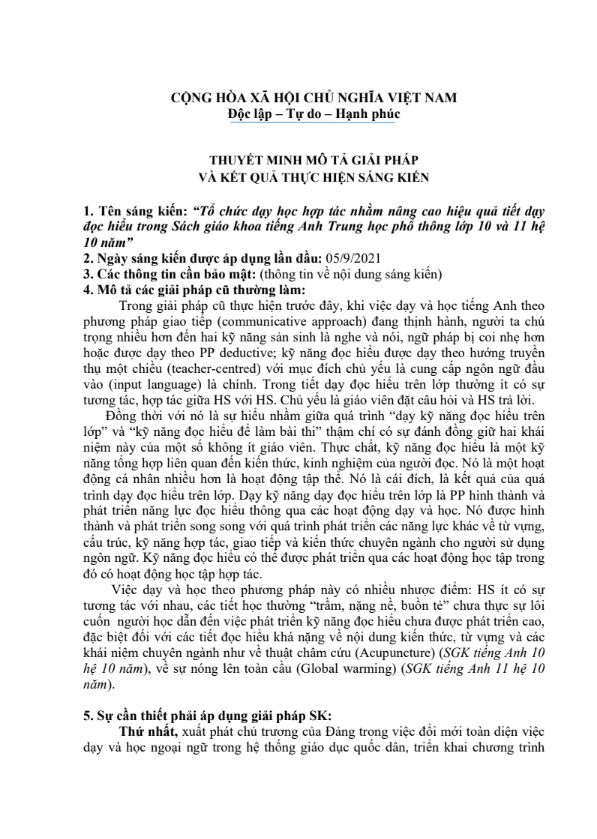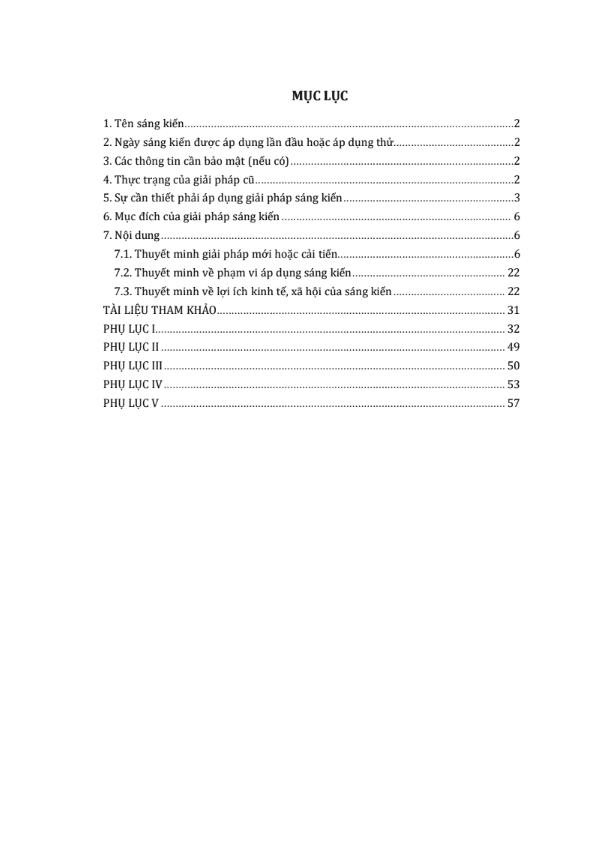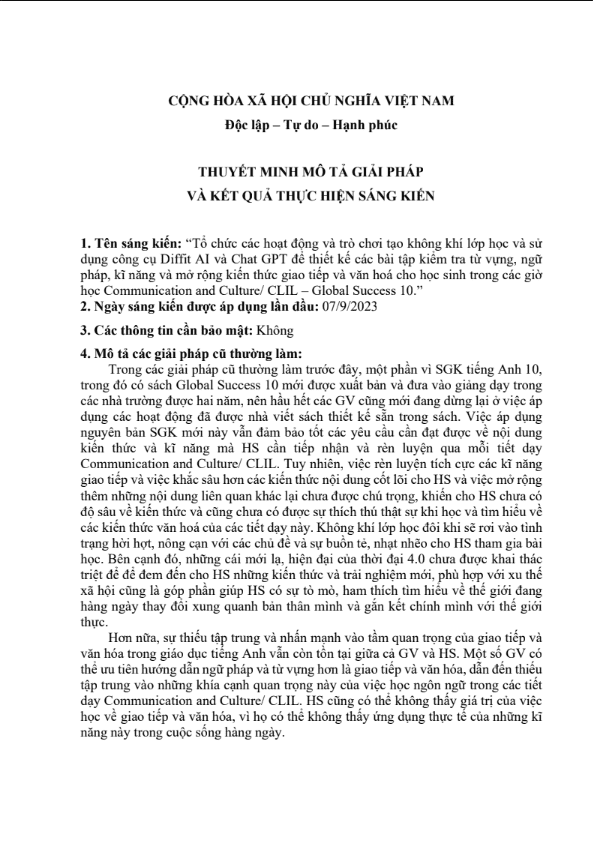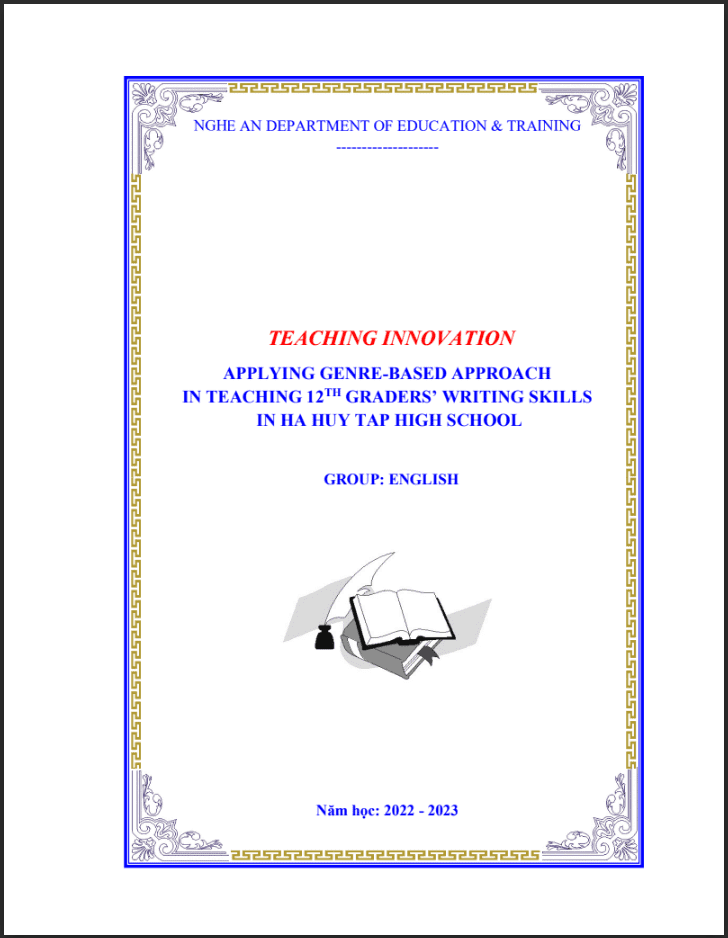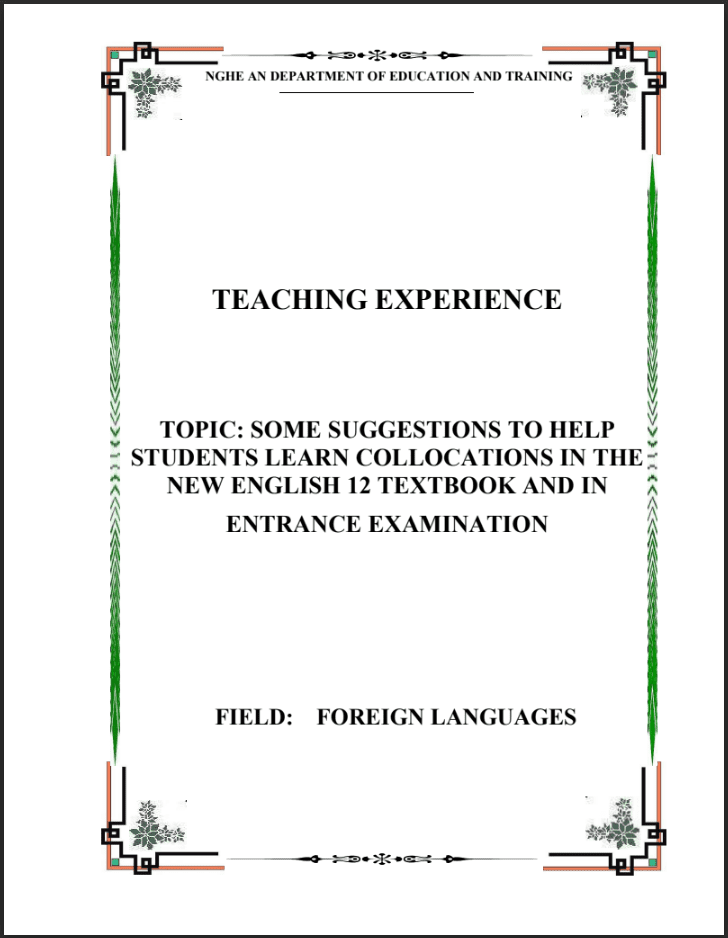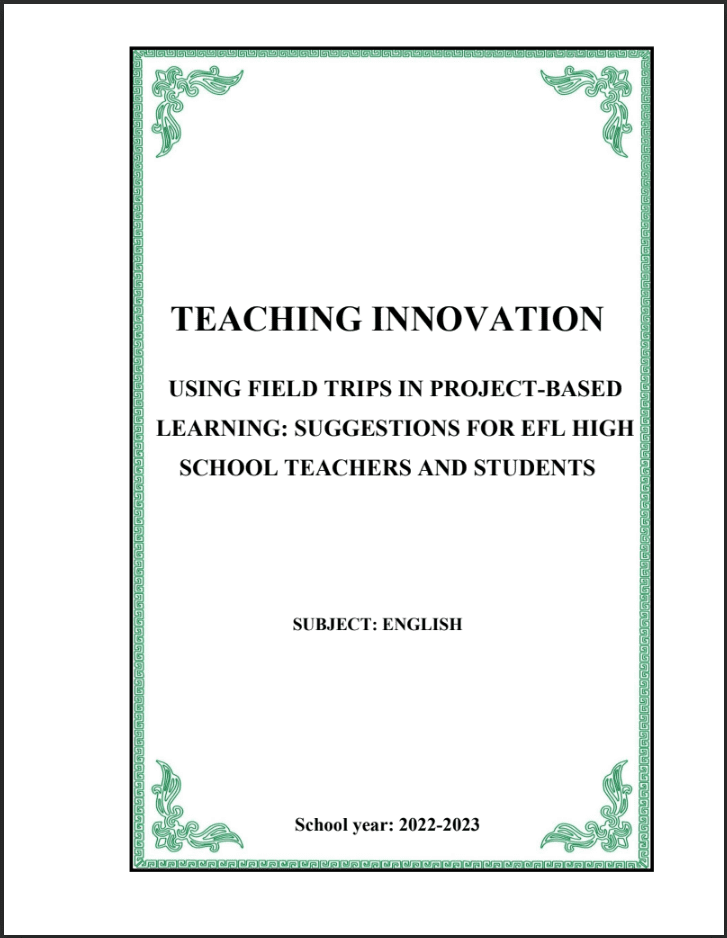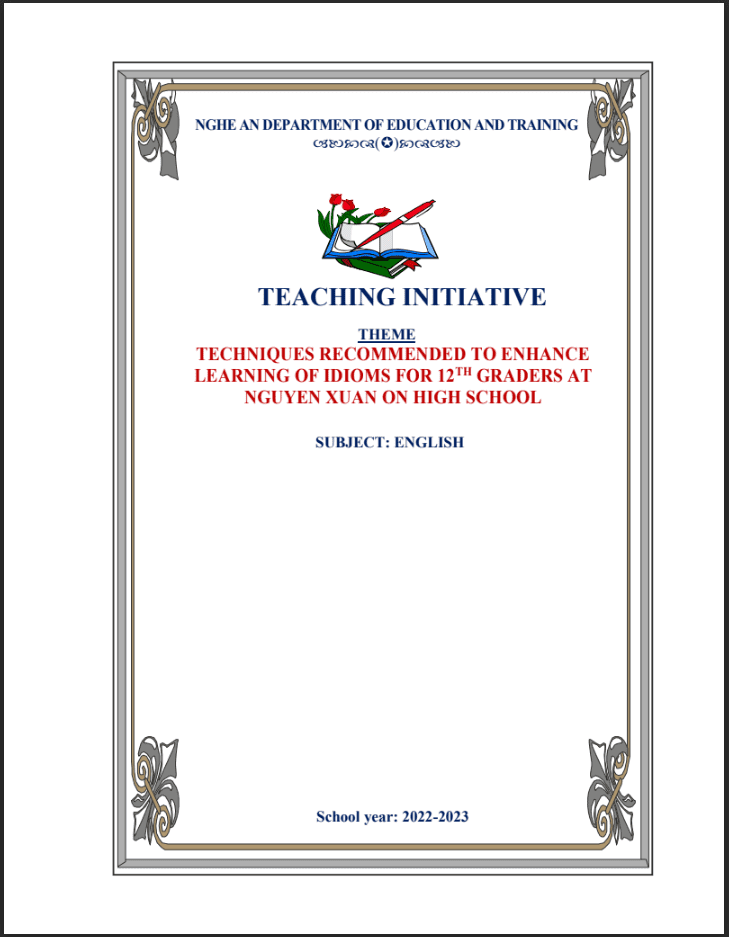SKKN Some techniques for 12 graders at high school to effectively deal with synonym and antonym questions in the national high school graduation examination
- Mã tài liệu: MP0107 Copy
| Môn: | Tiếng Anh |
| Lớp: | |
| Bộ sách: | |
| Lượt xem: | 460 |
| Lượt tải: | 7 |
| Số trang: | |
| Tác giả: | Lê Thị Mai Phương |
| Trình độ chuyên môn: | Thạc sĩ giáo dục |
| Đơn vị công tác: | THPT Yên Thành |
| Năm viết: | 2022-2023 |
| Số trang: | |
| Tác giả: | Lê Thị Mai Phương |
| Trình độ chuyên môn: | Thạc sĩ giáo dục |
| Đơn vị công tác: | THPT Yên Thành |
| Năm viết: | 2022-2023 |
Sáng kiến kinh nghiệm “Some techniques for 12 graders at high school to effectively deal with synonym and antonym questions in the national high school graduation examination”triển khai gồm các biện pháp nổi bật sau:
Mô tả sản phẩm
PART 1. INTRODUCTION
1
. Rationale
Practice demonstrates that vocabulary is the foundation of learning any new
language for the goal of communication. Learners will be unable to effectively
communicate or convey their ideas unless they have a large vocabulary. As a
result, learning vocabulary becomes extremely essential for students. It is true that
students are hesitant to learn vocabulary, and because of this, students have
difficulty taking tests, particularly the high school graduation examination.
Recently, an English test of the high school graduation examination has included
5
0 challenging questions ranging from simple to complicated form to check
students‟ ability in four levels: recognition; understanding, low application and
high application. There are merely four questions in totally 50 questions relating to
closest/opposite meaning of words/phrases. However, as can be seen, in reading
comprehensive questions, there are also some questions relating to this type. If
students are equipped with techniques on how to deal with this type of exercise,
they can have better results in their tests, especially this examination.
The type of question “Find synonyms – antonyms” is relatively difficult and
confusing in vocabulary lessons for students. This significantly affects the results
of the high school exam. One of the greatest reasons for this situation is that
students do not have enough motivation doing this type of exercise. When
confronted with synonyms and antonyms in exam preparation, the majority of
them become discouraged and uninterested. Another cause for this is due to
students‟ lack of a wide range of vocabulary from their early age. As a result, they
have a difficulty comprehending and guessing the meaning of vocabulary
questions.
From the aforementioned fact, it is urgent for teachers to make discoveries and
innovative methods to improve the overall quality of teaching in order to assist
students in making significant progress in language practice in real-world
situations thanks to a vast knowledge of vocabulary acquired during English
classes. More practically, it stimulates them to perform better on tests, particularly
the National High School Graduation Examination. That is the reason why the
study was carried out, entitled „Some techniques for 12 graders at Yen Thanh 2
high school to effectively deal with synonym and antonym questions in the
national high school graduation examination‟.
1
2
. Aims of the study:
The study aims at suggesting some techniques to motivate 12th graders to
participate actively in synonym and antonym activities, thereby helping them to
effectively deal with synonym and antonym questions in the national high school
graduation examination.
2
PART 2. CONTENT
- THEORETICAL BACKGROUND
1
1
. An overview of synonyms and antonyms
.1. What are synonyms?
Synonyms are words that have similar meanings, while antonyms are words that
have opposite meanings. In other words, synonyms are words that can be used
interchangeably in a particular context, while antonyms are words that are
opposites of each other in meaning. For example, the words “happy” and “joyful”
are synonyms, while the words “happy” and “sad” are antonyms. Understanding
synonyms and antonyms is important for vocabulary development, as it allows
students to broaden their vocabulary and express themselves more precisely in both
written and oral communication. It is also a key skill tested in standardized exams,
such as the National High School Graduation Examination.
A synonym is a word, morpheme, or phrase that means exactly or nearly the same
as another word, morpheme, or phrase in a given language. For example, in
the English language, the words begin, start, commence, and initiate are all
synonyms of one another: they are synonymous. The standard test for synonymy is
substitution: one form can be replaced by another in a sentence without changing
its meaning. Words are considered synonymous in only one particular sense:
For example, long and extended in the context long time or extended time are
synonymous, but long cannot be used in the phrase extended family. (Wikipedia)
According to the language dictionary, synonyms are words that mean the same or
are almost identical. Synonyms divided into two categories are complete synonyms
and incomplete synonyms. The first type is words with exactly the same meaning,
used equally and interchangeably in most cases. The second type are words with
the same meaning but still differ somewhat expressive shades (denoting emotions,
attitudes…) or how to act. When using these words, we have to consider the choice
accordingly.
1
.2. What are antonyms?
The term antonym (and the related antonymy) is commonly taken to be
synonymous with opposite, but antonym also has other more restricted meanings.
Graded (or gradable) antonyms are word pairs whose meanings are opposite and
which lie on a continuous spectrum (hot, cold). Complementary antonyms are
word pairs whose meanings are opposite but whose meanings do not lie on a
continuous spectrum (push, pull). Relational antonyms are word pairs where
opposite makes sense only in the context of the relationship between the two
meanings (teacher, pupil). These more restricted meanings may not apply in all
3
scholarly contexts, with Lyons (1968, 1977) defining antonym to mean gradable
antonyms, and Crystal (2003) warning that antonymy and antonym should be
regarded with care. (Wikipedia)
Antonyms are words with opposite meanings. Similar to synonyms, we also have
two types of antonyms that are complete antonyms and incomplete antonyms.
From the concepts mentioned above, there are some points we need to keep in
mind as follows: Whether the words are considered synonymous or completely
opposite, there are differences between them and cannot be used interchangeably
in any case. Therefore, besides teaching and learning the meaning of words, we
need to pay attention to the context in which synonyms or antonyms can be used.
2
. Some principles of teaching synonyms and antonyms
Here are some principles for teaching synonyms and antonyms:
Start with basic vocabulary: Before teaching more advanced synonyms and
*
antonyms, it is important to ensure that students have a strong foundation in basic
vocabulary. This can be done through various activities such as word matching
exercises, picture-based vocabulary games, and reading comprehension tasks.
*
Use context: Understanding the context in which a word is used is crucial for
identifying synonyms and antonyms. Teachers should provide examples of how
different words can be used in different contexts and encourage students to look for
contextual clues when identifying synonyms and antonyms.
*
Provide visual aids: Using visual aids such as diagrams, flashcards, and mind
maps can help students visualize relationships between words and remember them
more effectively.
*
Learn word families: Encouraging students to learn words in families (e.g.
happy, happiness, happier, happiest) can help them identify synonyms and
antonyms more easily.
*
Join active learning: Instead of simply providing students with a list of
synonyms and antonyms, teachers should encourage students to actively engage
with vocabulary through activities such as word games, writing exercises, and
discussions.
*
Encourage the use of a thesaurus: Introducing students to a thesaurus can help
them expand their vocabulary and find synonyms and antonyms more easily.
Teachers should show students how to use a thesaurus effectively and encourage
them to use it in their writing.
*
Reinforce learning: Regularly reviewing and revisiting synonyms and antonyms
is important for helping students retain new vocabulary. Teachers should
TÀI LIỆU LIÊN QUAN
- 7
- 105
- 1
- [product_views]
- 5
- 173
- 2
- [product_views]
- 4
- 165
- 3
- [product_views]
- 4
- 129
- 4
- [product_views]
100.000 ₫
- 6
- 434
- 5
- [product_views]
100.000 ₫
- 2
- 507
- 6
- [product_views]
100.000 ₫
- 9
- 546
- 7
- [product_views]
100.000 ₫
- 4
- 409
- 8
- [product_views]
100.000 ₫
- 2
- 595
- 9
- [product_views]
100.000 ₫
- 0
- 538
- 10
- [product_views]


